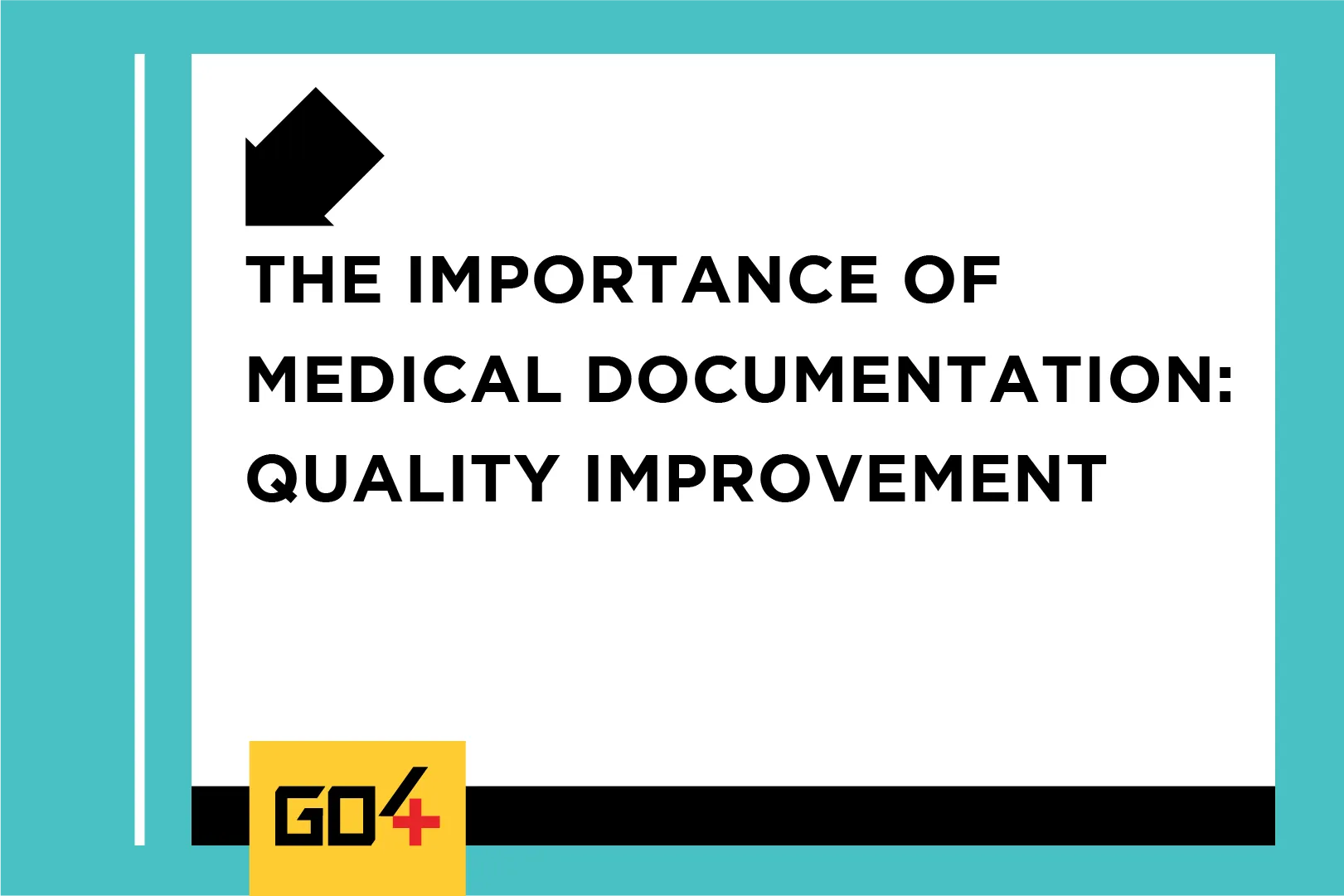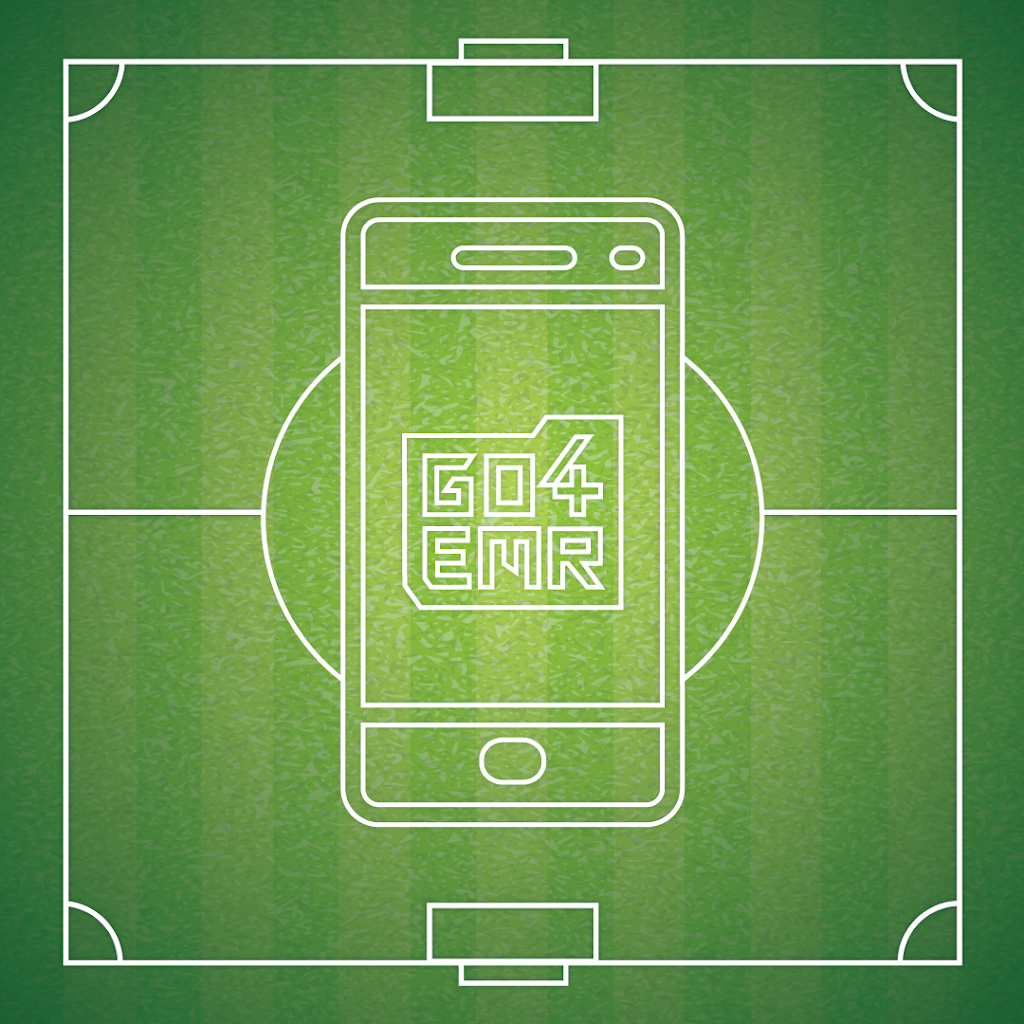The Importance of Medical Documentation Part II: Quality Improvement

By Elizabeth Neil PhD, LAT, ATC
Summer is an opportune time for reflection on the past year and planning ahead. If your documentation fell short last year, that’s alright! It’s a fresh start as we look forward to the new academic and summer camp seasons. The blog below on Quality Improvement in Medical Documentation is Part II in a series–check out the first blog on the importance of medical documentation here.
You are not alone. Previous research had identified that athletic training preceptors were only completing 20% of the necessary medical documentation before they learned more and intentionally worked on it! Additionally, 15% of athletic trainers do not regularly document at all.
Where to start?
One way to improve the work you are doing with medical documentation is through a process of quality improvement.
To begin, I thought it may be helpful to provide a working definitions of quality improvement.
Quality Improvement or QI is the “systematic and continuous actions that result in measurable improvement in health care services and in the health status of targeted patient groups. Quality improvement includes identifying errors and hazards in care; understanding and implementing basic safety design principles such as standardization and simplification; continually understanding and measuring quality of care in terms of structure, process, and outcomes in relation to patient and community needs; and designing and testing interventions to change processes and systems of care, with the objective of improving quality.”
Quality Improvement (QI) offers a pathway to enhance your medical documentation efforts.
So where do we begin?
Identity the problem. It is so important it’s essential to identify what is hindering your documentation. One way to do this is by using a root cause analysis. I recommend using the 5 Whys tool to complete this task. Click here to find out some more information.
Chart Audits. Once you identified the issues, the next step is to begin to fix it! How do you know if you are doing a good job with medical documention? One great method is through chart auditing. In this process, you go through a checklist and are able to see if you have included that in your documentation! The best news- we have created [INSERT PLUG TO TOOL] for you to use!
How to Complete a Chart Audit
- Choose a chart! This should be randomized. Do not bias your selection to documentation that you did well. This should be a representative audit!
- Review the checklist. Using the chart audit tool, review the documentation. This is done by a yes, no, or N/A. Check out how to do this with the tool!
- Get baseline data. Use the checklist on 5 different pieces of documentation to get average data! This will show you the areas of your documentation habits that you are doing well, and areas that you need to improve.
- Think SMALL! I usually recommend people to go by the mindset of working on 2 things in 2 weeks. Small, manageable changes will create long-term habits.Reviewing performance after two weeks helps decide whether to tackle new areas or extend focus on existing goals.
- Re-evaluate your documentation. After a few cycles, this can be a great time to do some more chart audits and see how your documentation is going.
Successful QI Strategies:
Be vulnerable. Honest self-assessment is crucial for identifying personal barriers to effective documentation.
Remember there will be ups and downs. QI is not a linear process! Remember that there will be times where you are doing great documenting, and times that you may not! Don’t let those times stop you. Persevere through challenges.
Include Accountability! One of the biggest downfalls in athletic training documentation is that no one typically takes a look back into our notes. So, without that accountability, some may not be including what is needed. Consider having a colleague complete the chart audit.
Timing is Everything. There are times where the QI process just will not be a beneficial exercise. Starting to improve your documentation mid season if you are already busy or overwhelmed is setting yourself up for failure. Change when change is possibleCheck back soon for part II on the Importance of Medical Documentation with Dr. Beth Neil.
Are you an Athletic Trainer?
Join us!
From per diem shifts to full-time opportunities, AT resources, PLI, a free EMR and more, Go4 is the essential AT app. Sign up now!
"*" indicates required fields
Other articles you might like

What is the deal with Standing Orders?
How do I get standing orders as an athletic trainer? Q: What are standing orders? A: Standing orders, aka medical protocols, establish the scope of practice for an athletic trainer. Under the direction of a physician, they are an overview of the specific skills that the AT is legally able…

AT Spotlight: Thomas Obergefell, Athletic Training from the Dugout
Name: Thomas Obergefell, MS, ATC, LAT Nickname: T.J. Alma…

Middle School / High School / College / Any School EMR: The Importance of Documentation
Go4’s in-app Electronic Medical Record We all know the reasons why it’s important to thoroughly document, but incase you forgot, here they are:…